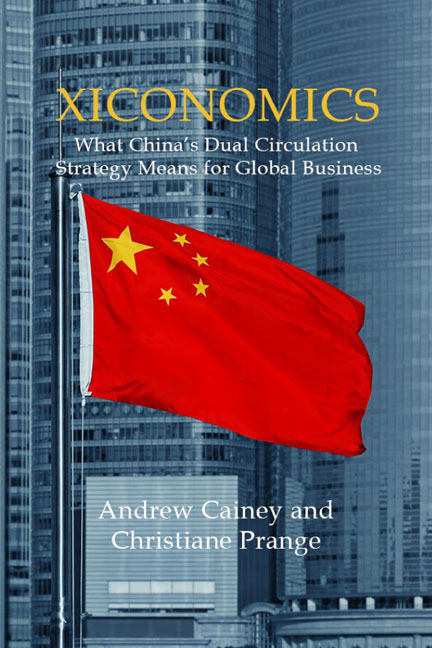Conclusion: navigating the contradictions in China’s ambitions
Published online by Cambridge University Press: 23 January 2024
Summary
For Mao Zedong, in his 1937 essay On Contradiction, contradiction played a central role in all matters of ideology, politics and policy. Mao argued that contradiction was the source of all movement and life in universe and society. This is not contradiction in the sense of logical inconsistency. It is, instead, the coming together of opposing forces, out of which a unity or synthesis arises that allows for progress. Eighty years later, at the 19th National Congress of the CPC in October 2017, Xi Jinping stated a change in the principal contradiction facing Chinese society. “What we now face is the contradiction between unbalanced and inadequate development and the people's ever-growing needs for a better life,” Xi announced. “The evolution of the principal contradiction represents a historic shift that affects the whole landscape and that creates many new demands for the work of the Party and the country.” By resolving and managing the tensions in this “contradiction”, China is to achieve greater prosperity and strength. This is by no means an easy task, and it has not become easier in the last few years.
As outlined in Part I, Dual Circulation Strategy provides both the framework and a series of strategic choices for China's future economic development. It makes a sharp distinction between the realm of internal circulation, in which Xi Jinping and the CPC “lead everything”, and the world of external circulation. Dual Circulation prioritizes the internal and lays out a vision for mutual reinforcement between the internal and external. A look back over the past 150 years described how Chinese leaders consistently grappled with the questions of how to engage with the rest of the world and the meaning of self-reliance. Dual Circulation marks an adjustment rather than a radical change, but it is still a distinct shift from the years of “reform and opening up” in a globalizing world. The economic logic of Dual Circulation is just one of many pieces in what Chapter 3 described as the China policy puzzle. The role of Xi Jinping and of the CPC makes the development of the Chinese economy more than a matter of economic concepts alone.
- Type
- Chapter
- Information
- XiconomicsWhat China's Dual Circulation Strategy Means for Global Business, pp. 173 - 186Publisher: Agenda PublishingPrint publication year: 2023



